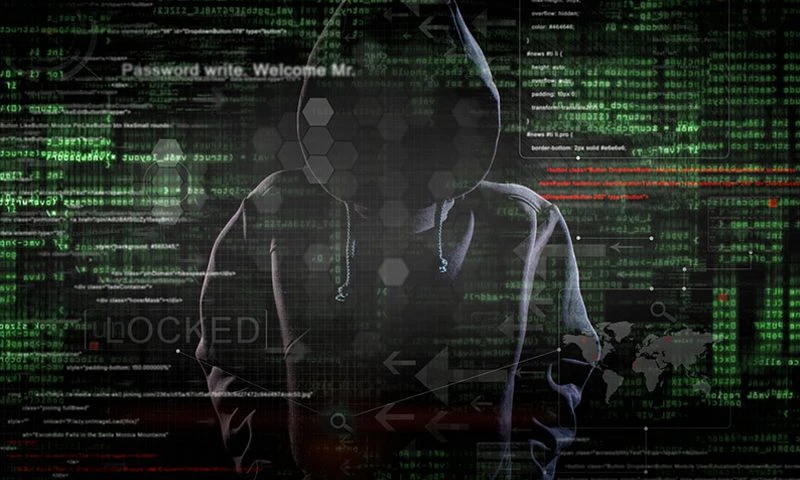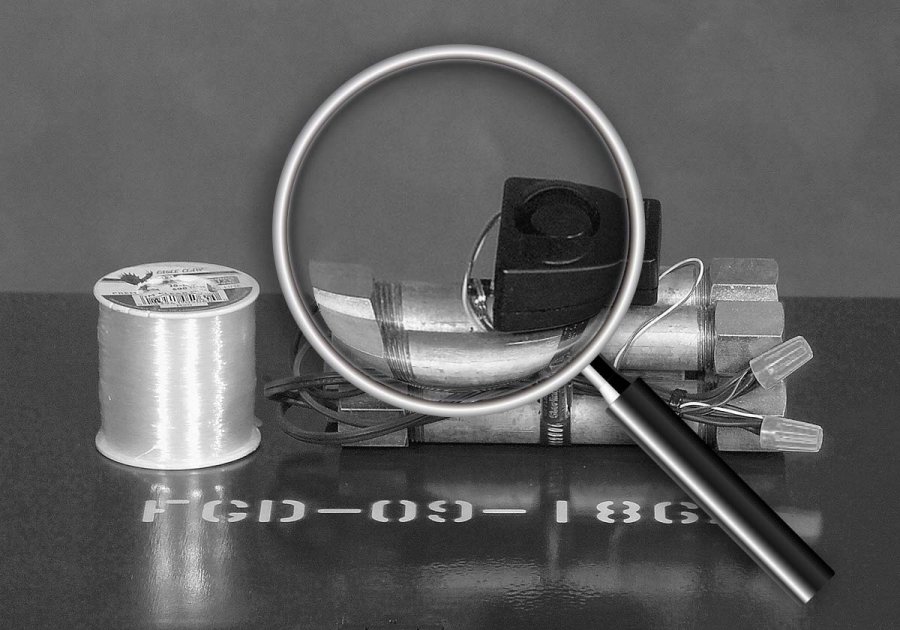Private Eyes in the Supreme Court: How to Solve a Blackmail Case.
As a private investigator I am often asked about the most interesting case I have worked on. While every case is interesting in its own way, in retrospect some do stand out. The most fascinating cases involve solving a set of disparate problems in a careful and creative way. The blackmail investigation described below is such a case. As a result of the evidence we gathered our client was able to successfully sue the defendant in the Supreme Court of NSW and the case ultimately helped to develop the law with respect to the tort of intimidation.
In late 2012 our private investigation firm was first approached by a client, let’s call him Mr Stephens. Like most people who use our services, Stephens had a sorry tale to tell. He told us how he had been successfully blackmailed in the recent past by an anonymous cyberbully who now wanted more money. What set this particular case apart was the scope of the investigation that was conducted. We had no idea at the time that our evidence would ultimately enable Stephens to take the matter to the NSW Supreme Court. What we did know at the outset was that we would have to approach the investigation with our customary level of diligence and care to give our client any prospect of success.
The story starts in late 2011 when Stephens first received emails from an email account he didn’t recognise. The anonymous emailer somehow had access to Stephens’ private and personal information and threatened to provide these details to other people unless money was paid. Stephens paid $26,666 as demanded and the threats stopped.
Fast forward to 2012. Stephens was surprised to receive a new set of emails from the cyber bully along with SMS messages from a mobile phone number. The threats were of the same nature but Stephens was not prepared to play along a second time so he humored the blackmailer and set about planning his next move.
Now, I’m sure you’re thinking that blackmail is a matter for the police and perhaps they alone should have handled the investigation. Well, for a variety of reasons police are not always in a position to offer people the timely or incisive investigation required in particular circumstances. Of course, police should be contacted when there is a reasonable suspicion that a crime has been committed but it may be wise to engage a private investigator regardless of whether the police say they can help. Provided you ensure you are clear about how the investigation will be handled, there is not necessarily any added risk in hiring a discreet investigator.
Stephens next approached our firm and we discussed with him a range of investigative strategies. We initially considered, in line with the demands being made, dropping the blackmailer a briefcase full of money fitted with a GPS device. We considered this would be lawful under surveillance devices legislation as the culprit would not be in lawful possession of the briefcase. We also considered the option of pre-action discovery through the courts against the telco that provided the phone number in use by the cyberbully. The problem with this was the expense involved when taking into account the fact that the phone number may not have been registered in the perpetrator’s name. Despite the law requiring mobile phone numbers to be registered to a person or company we have discovered over the years that some people are able to obtain numbers without registering their details.
Ultimately, in consultation with our computer forensic technician, we carefully crafted a plan that we suspected would give us an opportunity of gathering identifying data from the user of the anonymous email account. As a general proposition, emails sent from many email provider accounts these days contain no useful, intrinsic identifying data. Were a victim to receive a blackmail or otherwise unlawful email from such an account then the police might suggest getting court orders in the US to obtain an IP (internet protocol) address for the user from the email provider, for example, Yahoo. If the IP address is obtained then there is a prospect that the email user’s details can be uncovered. In certain circumstances however, it is possible to circumvent getting orders in the US and this option should be examined in any forensic investigation into unlawful online behavior.
Fortunately, in this case, our investigative work ultimately paid off. Our forensic computer technician managed to ascertain an IP address that we could show was associated with the user of the email account although we did not know yet whether it was a disguised IP address such as one may use through a virtual private network. For that, we would need a court order, and urgently as well because we knew from past experience that internet service providers only retain metadata for a short period of time.
A side note here about forensic protocols in digital investigations: if you wish to have any prospect of solving your case, it is imperative that only a forensic computer technician gathers the digital evidence you require. A forensic technician is accepted by courts as an expert witness and presents evidence that is designed to be irrefutable. Regular IT support staff should not be used to document or uncover evidence in any matter that may go before a court and a victim or plaintiff should never try to gather evidence without consulting an expert first. The simple act of turning a computer on or accessing a file can interfere with the forensic quality of evidence you wish to use so seek advice before taking any steps whatsoever.
We prepared affidavit and expert evidence in support of pre-action discovery orders sought by Stephens’ lawyer. The orders obliged the relevant ISP (internet service provider) and the telco that was providing the subject phone number to divulge any information they held relating to the culprit’s identity. When the documents came back it was something of a eureka moment. The IP address we obtained had indeed turned out to be connected to an identifiable person so on this occasion the ISP had retained the defendant’s details, including a name and address.
Curiously, we also ascertained that the defendant had registered an email address which suggested he was a private investigator! The relevance of this fact ultimately became apparent.
Stephens’ lawyers sought and obtained an Anton Piller order, one of the law’s “nuclear weapons.” Our computer expert, accompanied by Stephens’ lawyer and an independent solicitor, sought to execute the order at the defendant’s house. The defendant denied the team entry on the first occasion and we became concerned that the defendant may have tried to dispose of evidence following his refusal to comply with the provisions of the Anton Piller order. Consequently Stephens instructed us to urgently place the defendant under physical surveillance until we could make another search attempt. The subject male was observed on one occasion during the surveillance dropping something into a public rubbish bin but a subsequent search of the bin by our operative revealed nothing of interest.
By the second attendance to execute the Anton Piller order, the defendant had decided to acquiesce to the order. He admitted the team and the search began. Several digital storage devices were recovered from the house for further inspection. During the execution of the order, the defendant also admitted that he had worked as a private investigator and had investigated Stephens years earlier. This explained how the defendant had come to have in his possession Stephens’ personal information that facilitated the blackmail in the first place.
Back at our office, the independent solicitor authorised our expert to search for relevant material on the devices and the final stage of the investigation began. Ultimately our forensic computer technician found the text from a draft blackmail email on a USB stick retrieved from the defendant’s house. Our report to this effect removed any doubt as to the culpability of the suspect in court and our client was awarded damages for the amount paid to the blackmailer plus interest, exemplary damages and indemnity costs in the Supreme court judgment:
We had succeeded. Our client had solved his problem and we had hopefully rid the investigations industry of a bad apple in the process. This result was able to be achieved without the involvement of the police so it is important to note that investigators and forensic experts can sometimes help resolve problems that appear to require the sole assistance of law enforcement.
We have long been of the belief that the only way one can truly succeed in investigations is to seek the best evidence available, take no shortcuts and to approach each case as though it might end up in the Supreme Court, even if the evidence is only for the client’s peace of mind. We have been fortunate to have had the opportunity to be able to confirm those beliefs in this case and in other litigated matters over the course of our 34 year history.


